Abraham Lincoln spent about six years in Washington, D.C. The first two were from 1847 to 1849 when he served his one term as a U.S. Congressman from Illinois. The last four – the last four years of his life – were as President of the United States during one of the most tumultuous times of our nation’s history. Many statues and other honors to our sixteenth president can be found in the city, and one of the oldest organizations dedicated to the celebration of his life is based here – the Lincoln Group of the District of Columbia.

In these sesquicentennial years of the Civil War, the Lincoln Group of DC has been active staging a variety of events acknowledging key events in Lincoln’s presidency, as well as highlighting some of the wonderful authors and historians that write about it. Coming off our recent dinner lecture by author Chris DeRose and the beginning of this year’s Lincoln Group book discussion, the following few weeks and months are especially busy. Anyone interested in Abraham Lincoln and in the DC area can join us for the following (click on the links for more information):
October 4th: Motorcoach trip tracking Sheridan’s 1864 Shenandoah Valley Campaign and its impact on the crucial presidential election of 1864.
October 21st: Dinner lecture by John McKee Barr, historian and author of “Loathing Lincoln.” (Scroll down after clicking on link)
November 8th: Symposium – The Election of 1864. A full day featuring such notable Lincoln scholars as Allen Guelzo, Jonathan White, and many more. This is absolutely not to be missed!
December 16th: Dinner lecture by Gerard Magliocca – “Turning Lincoln’s Vision into Law: John Bingham and the Fourteenth Amendment.”
And that is just the beginning! In 2015 we’ll have more monthly dinner speakers, a spring symposium, and an amazing 2nd Inauguration Day trio of events featuring Bobby Horton and a reenactment on the steps of the Lincoln Memorial. [And if you look close, you might just see a certain filmmaker of documentaries on the Civil War, Baseball, Jazz, National Parks, and the Roosevelts. But ssshhhh, you didn’t hear that yet.]If you have any interest in Abraham Lincoln or the Civil War, now is the time to get involved with the Lincoln Group of the District of Columbia. Check out our website, read our newsletters, join our book discussion group, ride along on our expert-guided bus tours, meet current Lincoln authors at our dinner meetings, and share your interests with some of the most knowledgeable Lincoln scholars and aficionados in the world.
David J. Kent is a lifelong Lincolnophile and is currently working on a book about Abraham Lincoln’s interest in science and technology. He is also the author of Tesla: The Wizard of Electricity and an ebook Nikola Tesla: Renewable Energy Ahead of Its Time.



 Abraham Lincoln is the only president to ever get a patent, an ingenious, though impractical, method for lifting boats over shoals. This interest in technology served him well during the Civil War as battles increasingly relied on mechanization for transportation, communication, and weaponry.
Abraham Lincoln is the only president to ever get a patent, an ingenious, though impractical, method for lifting boats over shoals. This interest in technology served him well during the Civil War as battles increasingly relied on mechanization for transportation, communication, and weaponry.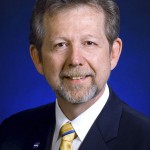 Abraham Lincoln’s Air Force – Balloons in the Civil War
Abraham Lincoln’s Air Force – Balloons in the Civil War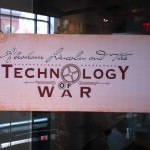 Abraham Lincoln and the Technology of War
Abraham Lincoln and the Technology of War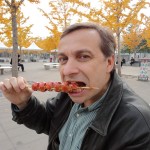 One year ago today I left behind the first half of my life. After more than 30 years as a working scientist I had decided to give up a comfortable salary for a life of (essentially) no income. I would become a poor starving writer.
One year ago today I left behind the first half of my life. After more than 30 years as a working scientist I had decided to give up a comfortable salary for a life of (essentially) no income. I would become a poor starving writer.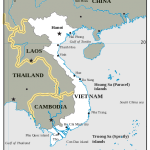 I went to Hanoi before going to Hanoi became cool. Long after the Vietnam War but before the United States normalized relations with the unified communist nation, my first major trip out of the country was to a place that remains very much foreign to most Americans.
I went to Hanoi before going to Hanoi became cool. Long after the Vietnam War but before the United States normalized relations with the unified communist nation, my first major trip out of the country was to a place that remains very much foreign to most Americans.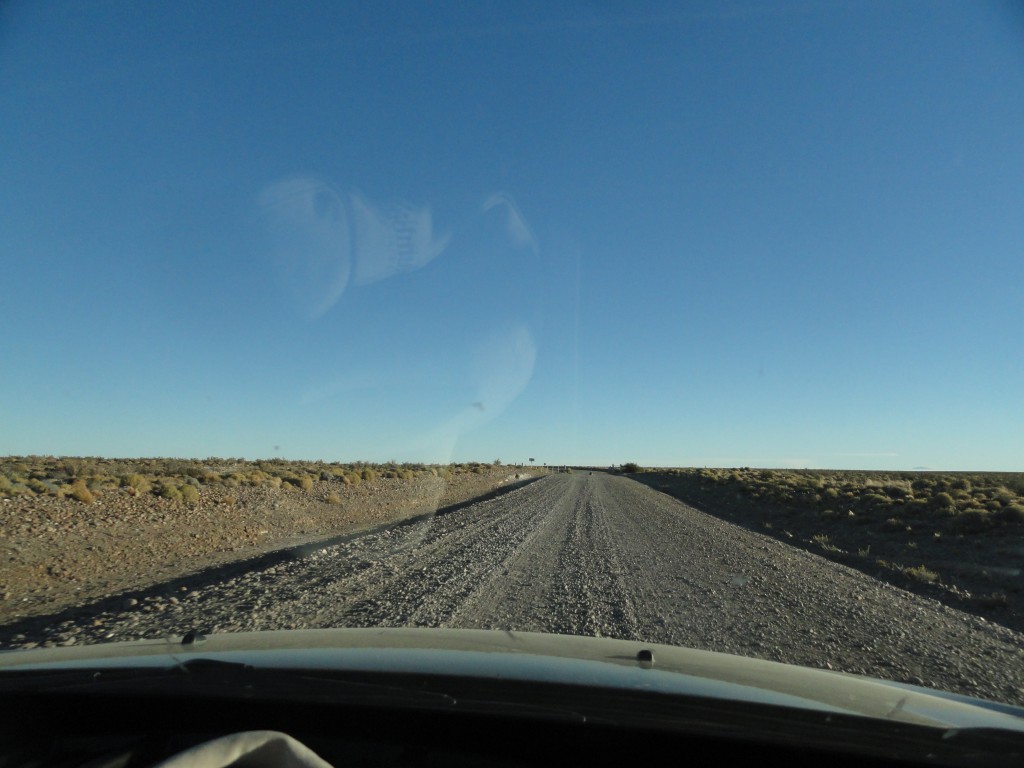
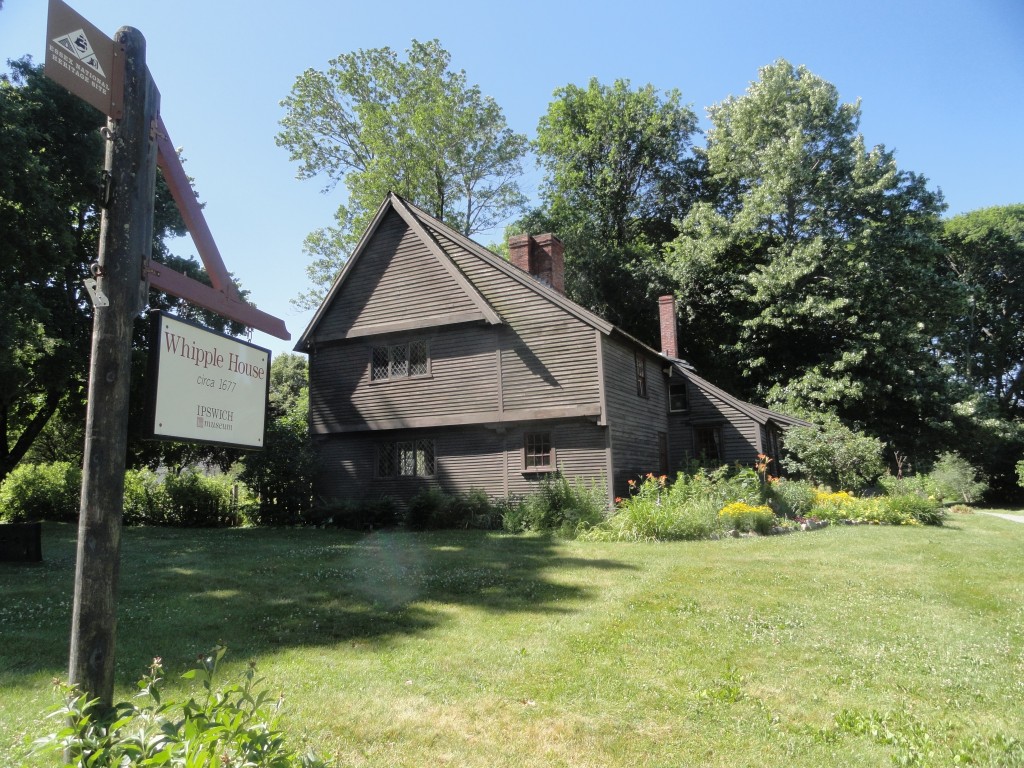
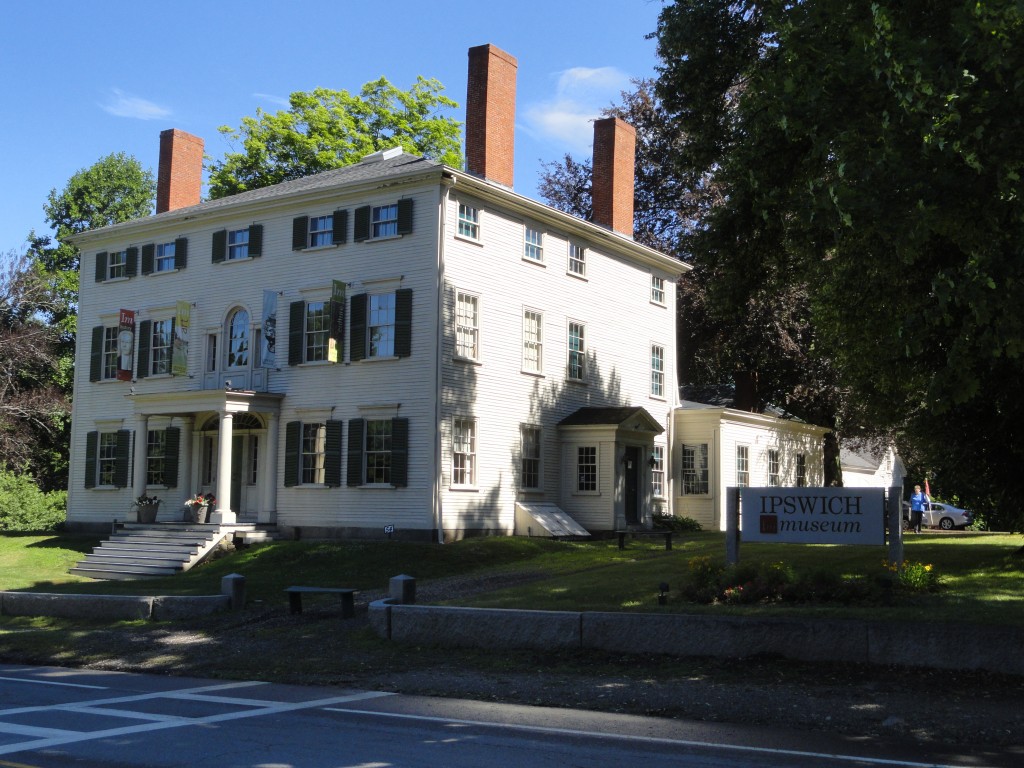
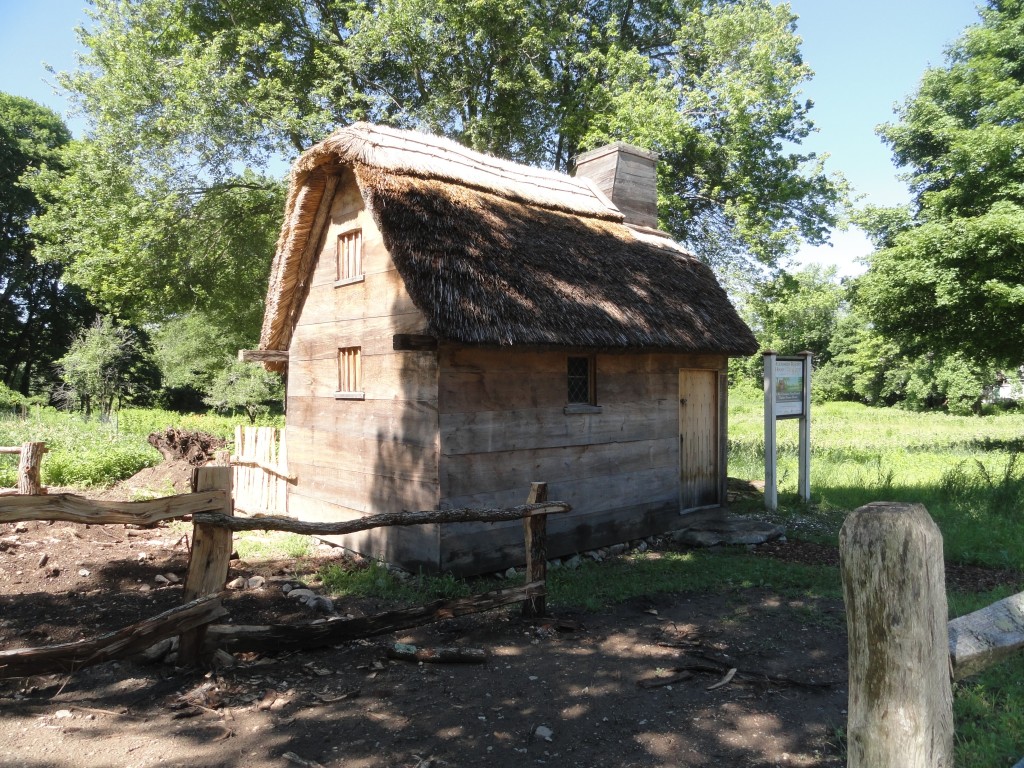
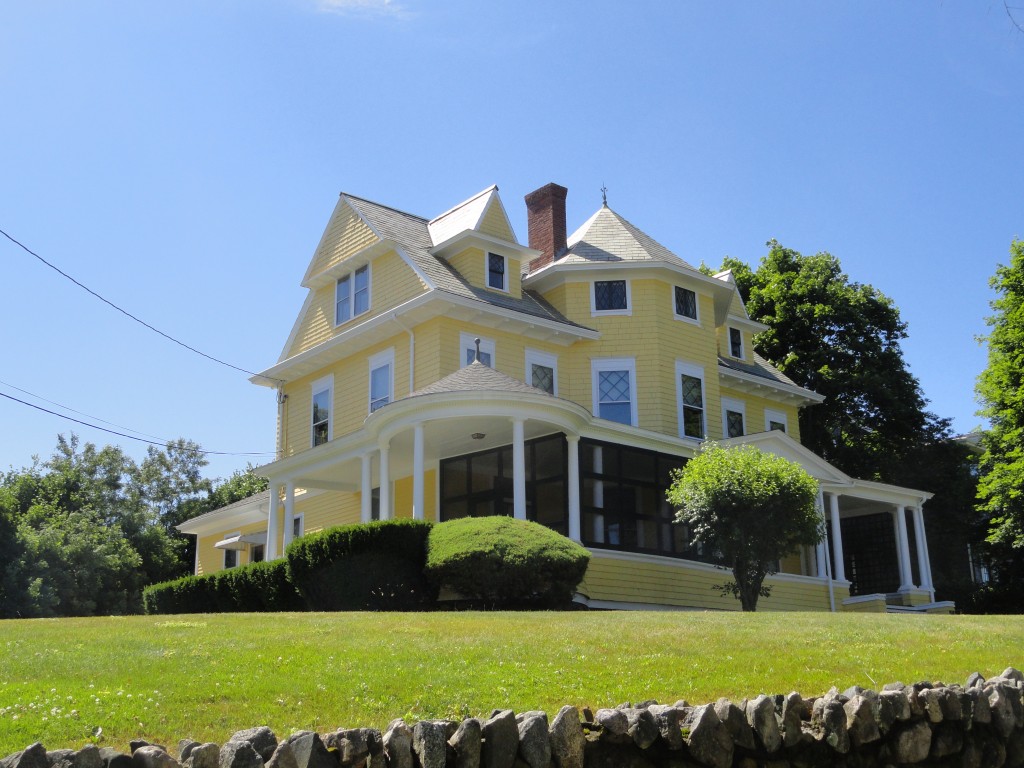
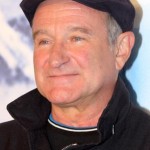 The world woke up this morning to the news of the untimely death of actor, comedian, and humanitarian Robin Williams. Having been a fan of his since his first appearance as Mork on the sitcom Happy Days, before he spun the character off into his own show Mork and Mindy, his demise comes as a shock. The world mourns.
The world woke up this morning to the news of the untimely death of actor, comedian, and humanitarian Robin Williams. Having been a fan of his since his first appearance as Mork on the sitcom Happy Days, before he spun the character off into his own show Mork and Mindy, his demise comes as a shock. The world mourns.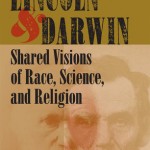 Abraham Lincoln and Charles Darwin were born on the same day, February 12, 1809. Both became icons of change and are will be remembered throughout history for their contributions. The book is subtitled: Shared Visions of Race, Science and Religion. While their views were not so much shared as contrasted, author James Lander deftly flips back and forth between Darwin’s and Lincoln’s lives as they experience their separate travels, coming of age, development of ideas, and eventual breakthroughs into the public eye as they dramatically change history.
Abraham Lincoln and Charles Darwin were born on the same day, February 12, 1809. Both became icons of change and are will be remembered throughout history for their contributions. The book is subtitled: Shared Visions of Race, Science and Religion. While their views were not so much shared as contrasted, author James Lander deftly flips back and forth between Darwin’s and Lincoln’s lives as they experience their separate travels, coming of age, development of ideas, and eventual breakthroughs into the public eye as they dramatically change history.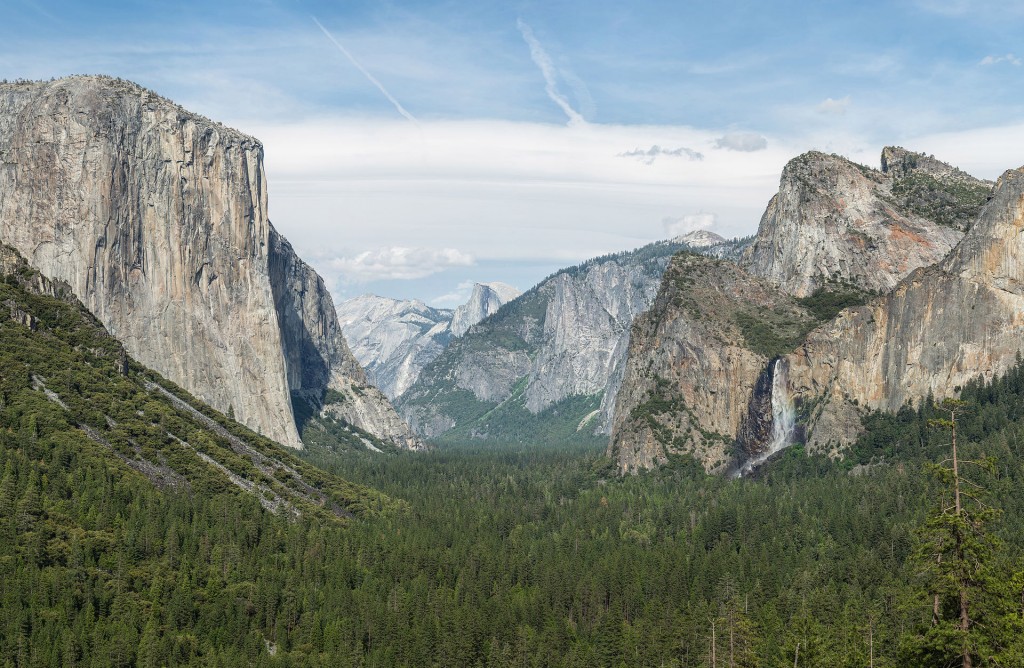
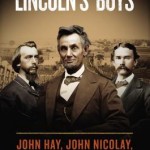 Everyone knows Abraham Lincoln, in part because of the diligent work done by his two secretaries – John G. Nicolay and John Hay. But little has been done to illuminate the two men themselves. Zeitz has done us all a favor by accomplishing just that.
Everyone knows Abraham Lincoln, in part because of the diligent work done by his two secretaries – John G. Nicolay and John Hay. But little has been done to illuminate the two men themselves. Zeitz has done us all a favor by accomplishing just that.






